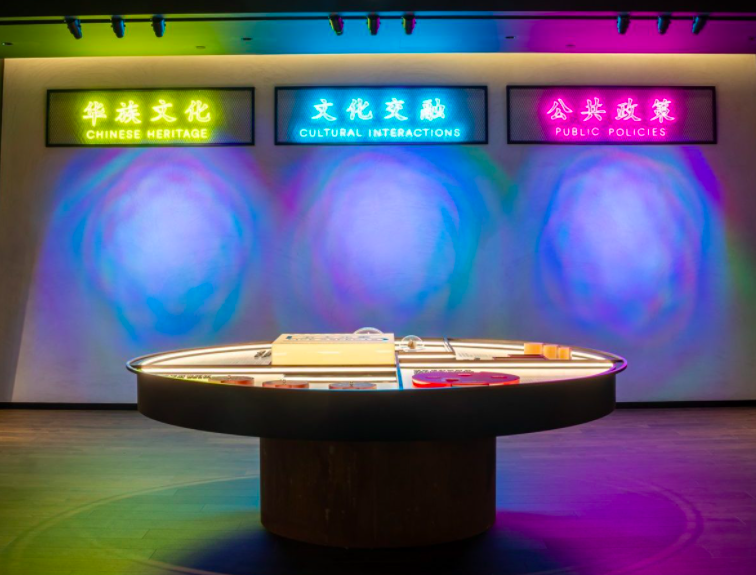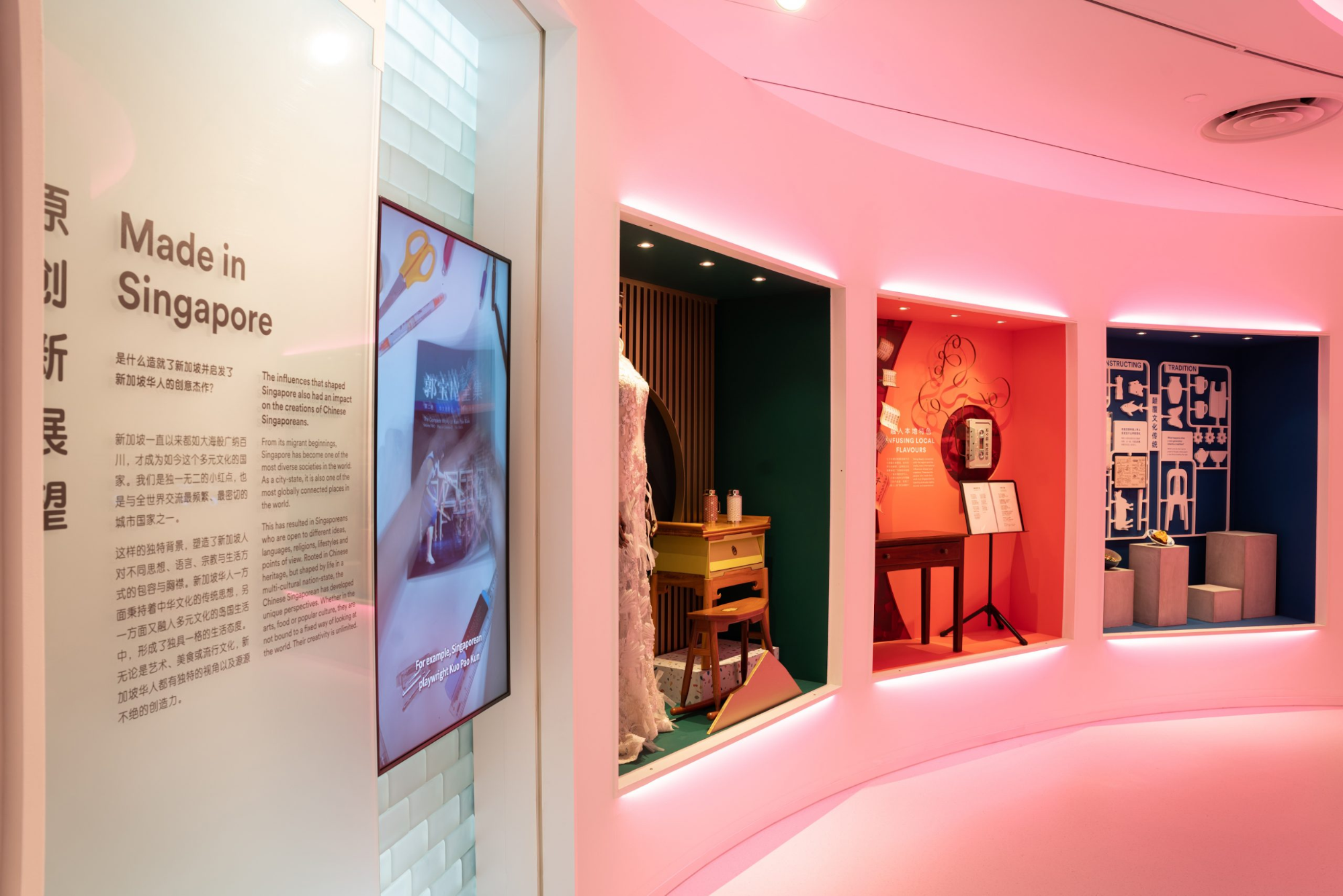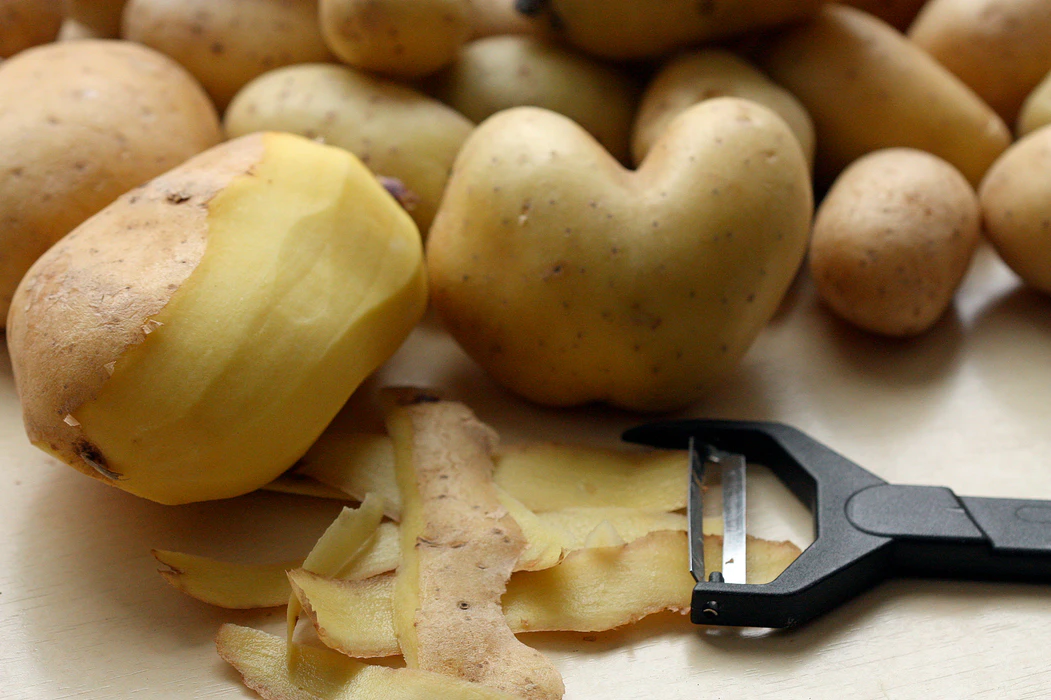The first time I was called jiak kentang, I didn’t know what it meant.
In a way, my lack of understanding proved the very point which some of my schoolmates were trying to make: that I, despite being a Chinese person, preferred to jiak kentang (or, “eat potatoes”) over eating rice or noodles.
Once I found out the translation, I realised that they were right, at least in a literal sense.
I did indeed grow up with a soft spot for baked potatoes, slathered in butter and/or topped with a generous amount of melted cheese. Who wouldn’t choose that over rice, I thought.
They were also right in the metaphorical sense.
Growing up, I somehow harboured a deep dislike for Chinese language lessons, cultural immersion programmes like field trips and festivals, and just about anything that had to do with being Chinese.
And no, I don’t blame it on the primary school I attended (it was founded in days of yore), as my proficiency in Chinese was probably at its highest when I sat for the PSLE.
The honest truth is that as time went on since then, it became harder and harder for me to really connect with my Chinese roots. The more I drifted from them, the harder it got to force myself to cross that ever-growing chasm.
Where does one even start?
A few years ago, having recently returned to Singapore after an overseas exchange programme (six months of almost zero opportunity to speak or even hear Chinese), I found myself reduced to greeting my relatives with a limp “happy new year” in English, as we exchanged oranges.
The moment those words came out of my mouth, I knew something had to change.
Instead of resorting to the stereotypical Chinese cheng yu (idioms which are mostly expressed in four characters) such as 恭喜发财 (gōng xǐ fā cái) or 年年有余 (nián nián yǒu yú), I told myself to have a good think about what I wanted to say to each relative (in English), before translating it into Chinese for their new year greeting.
To my aunt and uncle who had recently retired, for example, I wished them “多多旅行 (duō duō lǚ xíng)”, or “much holidaying”.
Not a standard cheng yu by any means, but a practical greeting that matched where they were in life, and which they were glad to receive.
In this way, I identify more as a Chinese Singaporean than a Chinese person — I may be Chinese by birth, but it’s much easier to see how being Chinese Singaporean determines my identity. It’s not difficult to see that Chinese people in different parts of the world have developed their own unique culture and norms.
Chinese New Year 2021
This year, Chinese New Year (CNY) is once again around the corner, with the first day of the new year falling on Feb. 12.
This year’s CNY offers us — whether we are Chinese Singaporean, or not — an opportunity to examine some of the unique Chinese Singaporean practices that have taken root.
These happen all year round, but can become more obvious when CNY rolls around.
Here are some CNY practices which I personally identify with, as a Chinese Singaporean.
Eating food from anywhere — as long as it’s good
At CNY gatherings, it’s more likely than not that I’ll find non-Chinese food on the table.
Yes, steamboat is a non-negotiable, but what goes into it is really up to each family.
Thinly-sliced shabu-shabu meat has become incredibly popular, despite its origins in Japanese cuisine.And I’m looking forward to having curry chicken with fried bee hoon — a staple at one of my family’s regular CNY visitation pit-stops, where an aunt will bring the dish as her contribution to the annual potluck.
Needless to say, I will mop up the excess gravy with a thick slice of French baguette.
Snacks of Southeast Asian origin are also to be expected — think ondeh ondeh cookies and kueh bahulu.
The snacks don’t even have to be Asian. Have you noticed that a certain Italian chocolatier ramps up its advertising every CNY?
And while it’s important to have certain seasonal food at CNY to observe traditions, the Singaporean perspective on this might be: if the food is good, why not?
Visiting friends of different cultures
Visiting the homes of friends and relatives is another CNY mainstay.
But it’s interesting to note that it is not exclusive to Chinese New Year at all; it’s just as much a tradition for many other festive occasions celebrated in Singapore, such as Hari Raya and Deepavali.
Over time, my family has received more and more invitations to the homes of our non-Chinese neighbours on festive occasions, during which we would all exchange goodies.
Besides being a time to observe traditions, these celebrations also serve as a good opportunity to get together with friends — it definitely helps that public holidays are declared, too.
Why not celebrate these moments together, since we are all Singaporean?
Self-awareness in not taking ourselves too seriously
CNY and its traditions are a big deal to a good number of Chinese Singaporeans. That’s exemplified in how the cancellation of the annual CNY bazaar at Chinatown was such big news.
While people may be disappointed, it’s very likely that they understand why the move was needed; the Covid-19 pandemic is far from over, after all, and it’s for the sake of public health and safety that we forgo this time-honoured tradition.
Furthermore, there is some solidarity from the fact that Chinese Singaporeans are not alone in making an exception for the sake of the greater good — the 2021 Ramadan Bazaar at Geylang Serai has been similarly cancelled, just like how the 2020 Deepavali celebrations in Little India were relatively placid.
Of course, not everyone feels the pinch of the CNY Bazaar being cancelled. Those who don’t hold CNY traditions quite so close to heart would know that there is an openness to the idea that CNY is — to some — just another calendar event after all.
Not everyone has a family in Singapore to go home to, and not all families celebrate CNY the same way. And that’s okay.What does it mean to be a Chinese Singaporean?
CNY might give us reason to think about what it means to be Chinese in Singapore, and what it means to be a Chinese Singaporean.
The Singapore Chinese Cultural Centre’s permanent exhibition, called SINGAPO人 or, Singapo(ren), also offers you a chance to dive deeper into those questions.

The exhibition has six different zones which cover the historical and cultural influences that make the Chinese Singaporean culture unique, invite us to consider how Singaporeans embody traditional Confucian values in our daily lives, and remind us that our culture as Chinese Singaporeans is shaped by continuous interaction between Singapore’s different cultures.
Kopi-c kosong peng and other common phrases actually have linguistic roots in many different languages, for example.

The exhibition also showcases how Chinese Singaporean culture has made its way around the world in the form of food, art, and popular culture.

SINGAPO人: Discovering Chinese Singaporean Culture
Where: Singapore Chinese Cultural Centre (1 Straits Boulevard, Singapore 018906), Kwan Im Thong Hood Cho Temple Gallery, Level 2
When: 2pm to 8pm (Monday) and 10am to 8pm (Tuesday to Sunday), including public holidays
There are also free guided tours on a first-come-first-served basis, with up to 16 participants per tour group. English and Mandarin tours start at 3pm and 4pm respectively, on Saturdays and Sundays.
Find out more here.
This sponsored article by Singapore Chinese Cultural Centre didn’t require the writer to read or write in Chinese — phew.
Top image via Peter Schad on Unsplash
If you like what you read, follow us on Facebook, Instagram, Twitter and Telegram to get the latest updates.
